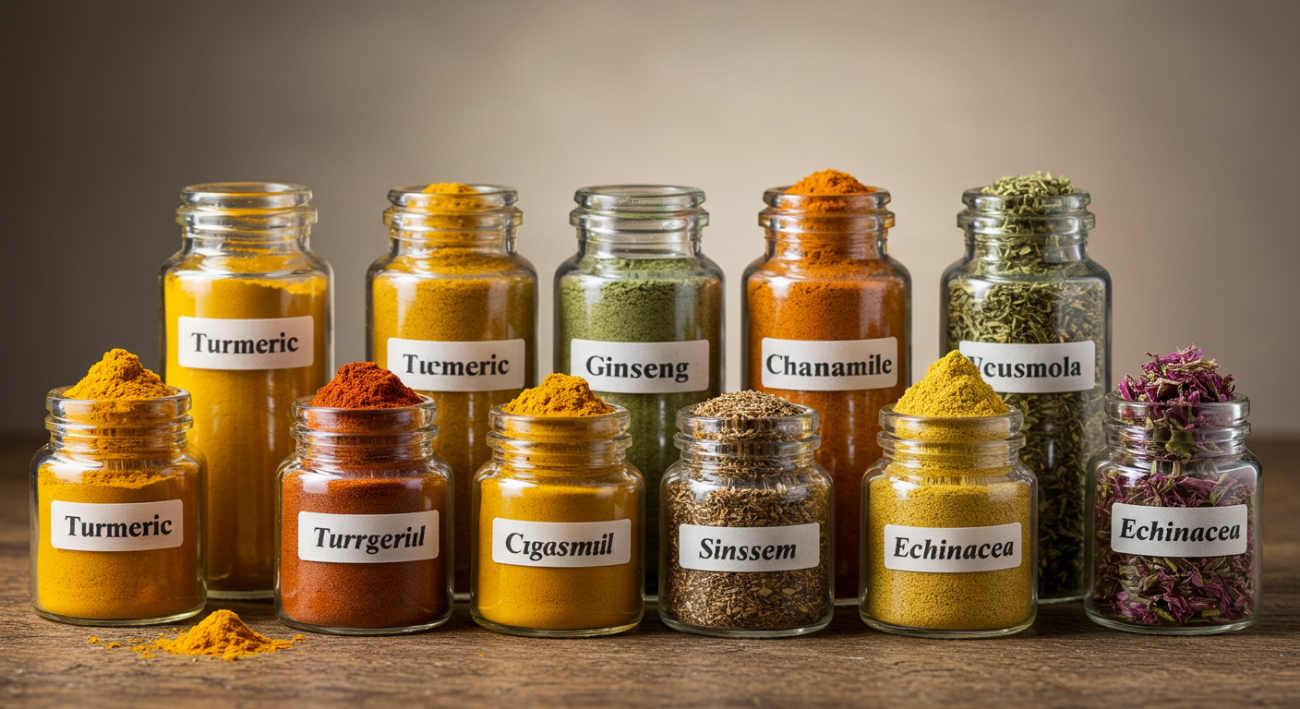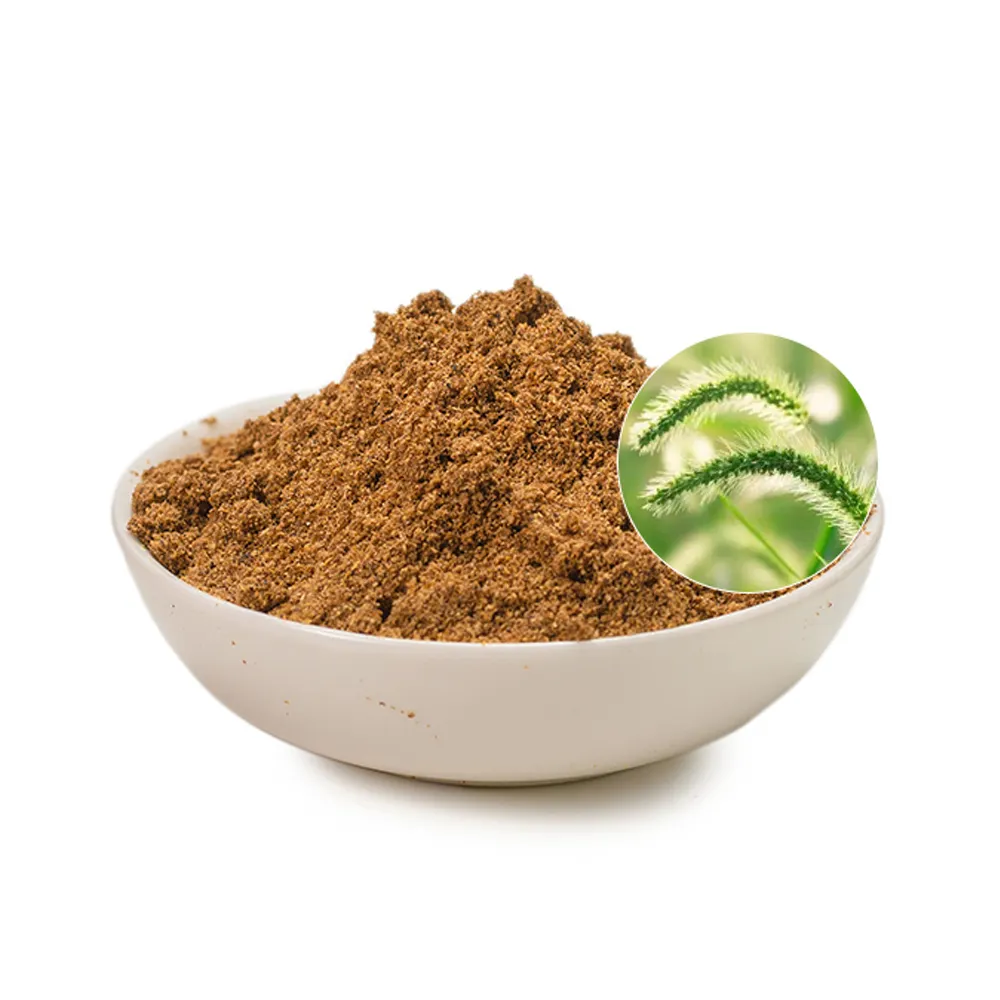An Overview
In today’s world full of herbal promises, knowing how to tell the quality of a standard herb extract could determine whether someone benefits or suffers. Whether you are a consumer looking for health supplements or a manufacturer, checking the purity and potency of a herbal extract is not just a smart step, but essential. But with today’s options available, how does one determine if the product is genuine, safe, and effective? Let’s explore how Can I Check the Quality of a Standard Herb Extract?
Why is Quality So Important in Herbal Extracts?
Some may be diluted, adulterated, or even contaminated with heavy metals, pesticides, or other harmful solvents. Poor quality may lead to losing the product’s intended healing powers, and in some cases, may pose health risks.
- In contrast, high-quality standardized herbal extracts enhance healing while offering consistent potency and predictable outcomes, as well as stringent safety compliance. These herbal extracts contain bioactive compounds—the molecules responsible for health benefits. They undergo rigorous testing such as HPLC, TLC, or GC-MS to confirm they are clean, potent, authentic, and safe.
- Compliance with regulations remains a concern of reputation and trust in herbal products, as they must follow GMP (Good Manufacturing Practices) and often provide a Certificate of Analysis (COA) for herbal products.
- Obtaining well-validated bioactive compounds from extracts will guarantee an individual’s health. Hence, for B-Thriving, investments in sourcing, rigorous evaluation ahead of time by precise testing, and guarantee after verification milestones are completed, ensure that patients can be fully trusted to obtain what their body demands.
Step-By-Step: What is the Process Undertaken in Confirming the Quality of Standard Herb Extract?
How can I check the quality of a standard herb extract? Such methodologies every person should understand while considering the use or purchase of herbal products. Here is an uncomplicated approach that can assist everyone to arrive at objective conclusions.
Seek COA (Certificate of Analysis)
Start by asking for the Certificate of Analysis (COA). It fully details requirements confirming the percentage of active ingredient and misuse of solvents during the preparation, and microbes, heavy metals, and plants. Supplied documents prove to be counterfeit, alongside refusal to submit COA, then that becomes suspicious. At B-Thriving, we have a comprehensive COA that accompanies each batch, so you can rest easy.
Investigate Lab-Validated Testing Methods and Extract Verification
The next step is to see if HPLC, GC-MS, or TLC testing has been done on the extract. HPLC testing ensures precision measurement of active compounds in the extract. GC-MS can detect any possible contaminants. TLC can be used to confirm botanical fingerprints. These scientific methods will ensure the product’s purity, potency, and safety.
Confirm Botanical Identity
Untrusted herbal products can be verified for authenticity through microscopy, DNA barcoding, and organoleptic evaluation, which checks color, smell, and texture. These methods can prevent fake herbal products that are adulterated with inferior materials and help confirm that you do not get alternative plant species masquerading as the real thing.
Standardization Markers
An herb extract is termed standardized when it contains specific bioactive compounds at a set concentration. Ginseng, for instance, is expected to contain 5% of the compound ginsenoside and ginseng, 5% of its ginsenoside; milk thistle should contain 80% of silymarin; and turmeric should contain 95% of curcuminoids. If the extract fails to indicate the specific marker compounds, then it is likely not standardized.
Contamination Risks
The quality of extracts is assessed based on the presence or absence of contaminants such as pesticides, microbial content, heavy metals, and residual solvents. Only purchase from companies with proven contamination testing and ISO or GMP certification.
Visual and Sensory Indicators That are of Interest
Sometimes a visual and sensory check does wonders. The color should be in tandem with the herb, the aroma should be fresh and not chemical, and the texture should be smooth. Metallic or sour tastes are also red flags.
Check the Label for Transparency
The last check will be the label, which should contain the Latin name along with the listed plant part, extraction ratio, batch number, standardization details, and expiration date. All these pieces of information should be together in trustworthy products; otherwise, reconsider purchasing.

What Distinguishes High-Quality Herb Extracts?
Out of the multitudes of choices available in the market today, what herb extracts truly stand out? The answer lies within six potent quality markers that every trusted herbal supplier should help set them apart.
Lab-Tested and Authenticated
Supplies need to ensure tier one trust for their consumers. These top-tier extracts can be validated scientifically through HPLC, GC-MS, or DNA barcoding. This ensures you’re getting the correct species and active ingredients without fillers or fake substitutes.
Standardized Active Compounds
A precise dosage of bioactive compounds shall be included, such as in milk thistle, which contains 80% silymarin. High-grade extracts shall be guaranteed with the dosage that contains active and therapeutic results.
Free From Adulteration
No hidden ingredients. No contaminants. No false claims. Clean extracts mean clean products.
Compliance with International Standards
Always look for certifications like GMP, ISO, or USP, as they show the product is manufactured under international cutting safety regulations.
Source Traceability
High-grade herbal extracts provide transparency from the farm to the factory. You can trace where it was grown, how it was harvested, and the processing steps it underwent.
Comprehensive Documentation
All batch numbers and certificates of analysis (COAs) should be accessible. This is true transparency.
Conclusion
While checking the quality of a standard herb extract might feel like a technical task, it is empowering. Health protection measures such as COAs, lab tests, standardization, and precise labeling enable you to obtain better results. Whether sourcing custom plant extracts, purchasing supplements, or developing products, a trusted supplier committed to transparency, compliance, and science is the safest option. Still uncertain on where to begin? Start with the quality-driven offerings at B-Thriving, where nature meets innovation.

